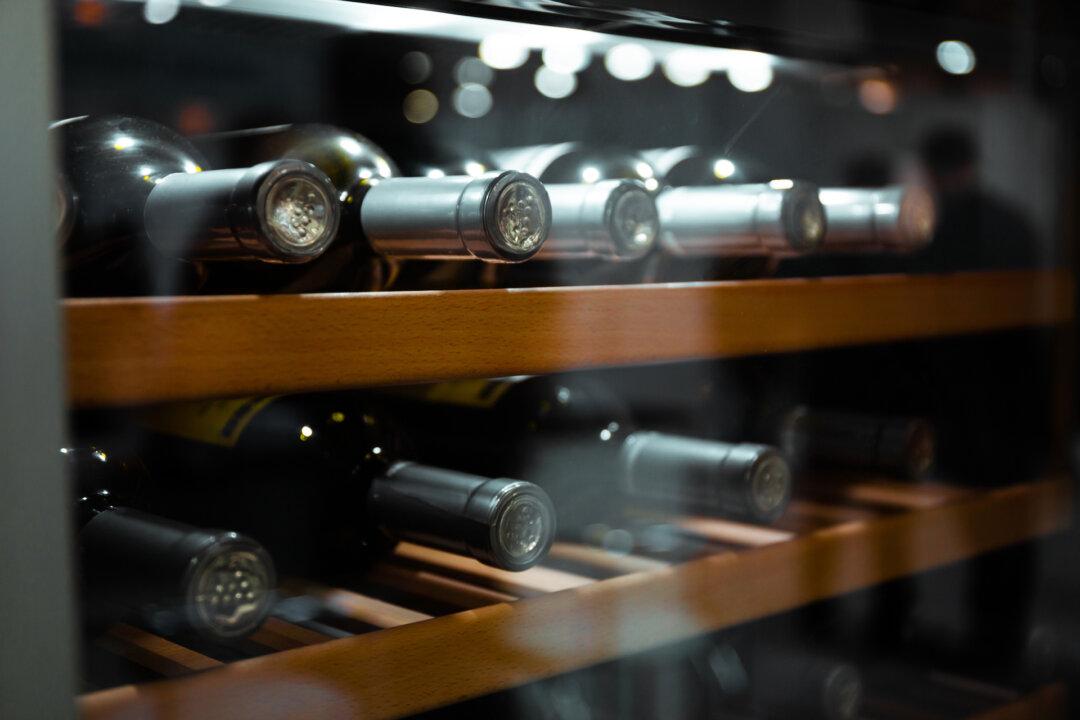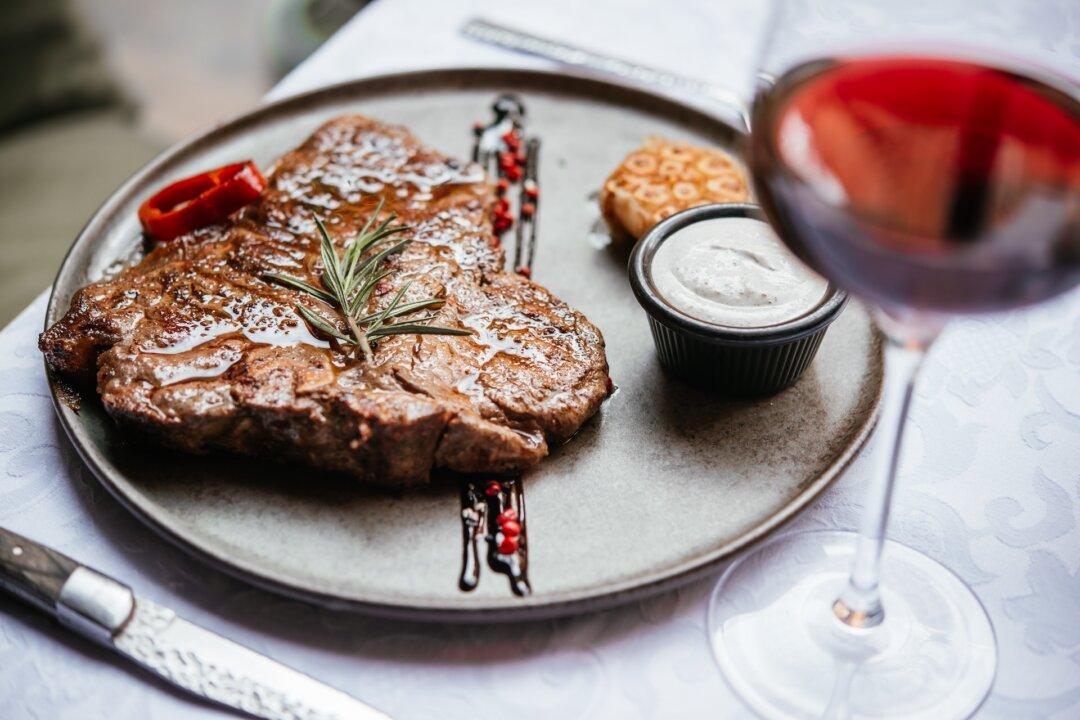Italy’s greatest contribution to all of Europe’s wine culture starts with the fact that wine wasn’t much of a tradition there until Roman legions planted vine cuttings they brought with them in the northern parts of the continent 23 centuries ago.
What’s odd about this is that, of all the most popular grapes that took root and prospered in France, Germany, Austria, Spain, Portugal, and elsewhere, almost none were among Italy’s most popular!
Today, France is best known for its cabernet sauvignon (Bordeaux) as well as chardonnay and pinot noir (Burgundy), Spain for tempranillo and garnacha, and Portugal for touriga nacional.
By contrast, Italy’s top red grapes (sangiovese, barbera, and nebbiolo) grow almost nowhere else in Europe.

No one disputes the excellence of the finest Bordeaux and red Burgundies. The same goes for Italy’s reds, which now include several other grapes. But the styles of wines they produce are often radically different from one another, with the Italian grapes leaning more on naturally high acidity, thus calling for being paired with food.
At their best, all of these wines command high prices. Cabernet, a most versatile variety that grows in a multiplicity of soils and climes, now can be found reasonably priced from more than a dozen counties.
But the top red of Italy, Barolo, is grown almost nowhere else, and only two other Italian grapes have made any sort of a mark in the United States.
However, within the past two decades, both sangiovese and barbera have established important beachheads in this country, and now offer consumers reasonably priced domestic versions that represent not only good value, but a chance to see how they can deliver real character as they age.
One key to recent interest in both barbera and sangiovese here is that they usually offer more tartness to go with lemon and tomato-based foods, and are less astringent than are many of the cabernet varieties.
U.S. wineries that specialize in Italian varieties almost all say roughly the same things: There’s an enticing quality about them when they’re made right, which means keeping their alcohol levels to a moderate level. Part of that is related to how it responds to the soils in which it grows.
Among the wineries that make both grapes into wine, two contrasting styles include the more opulent wines of Eberle in Paso Robles and the slightly leaner versions from the new Prima Materia of Lake County.
Gary Eberle, the grape pioneer of Paso Robles, makes both wines with a lushness rare among such wines. They are both stylishly rich in fruit and still retain the superb acids needed to work with meat-based, tomato-y foods.
Pietro Buttitta, owner of Prima Materia, farms a small (12-acre) vineyard on the volcanic Kelsey Bench of Lake County, at 1,450 feet in altitude. That cooler site yields a more Italianate style of wine, one that goes best with tomato-sauced dishes with more vegetables and spices.
Of the four wines from the two wineries, I lean slightly more toward the two barberas because of a little more food-friendly nature they offer and how both tend to open up after being decanted.
Both wineries market these wines for just over $30 a bottle, and both are superb examples.
Wine of the Week
2019 ‘R’ Jeff Runquist Barbera, Amador County ($27): Bright red cherry and fresh tomato aromas and a note of oak lead to a crisp, structured wine with amazing versatility.





